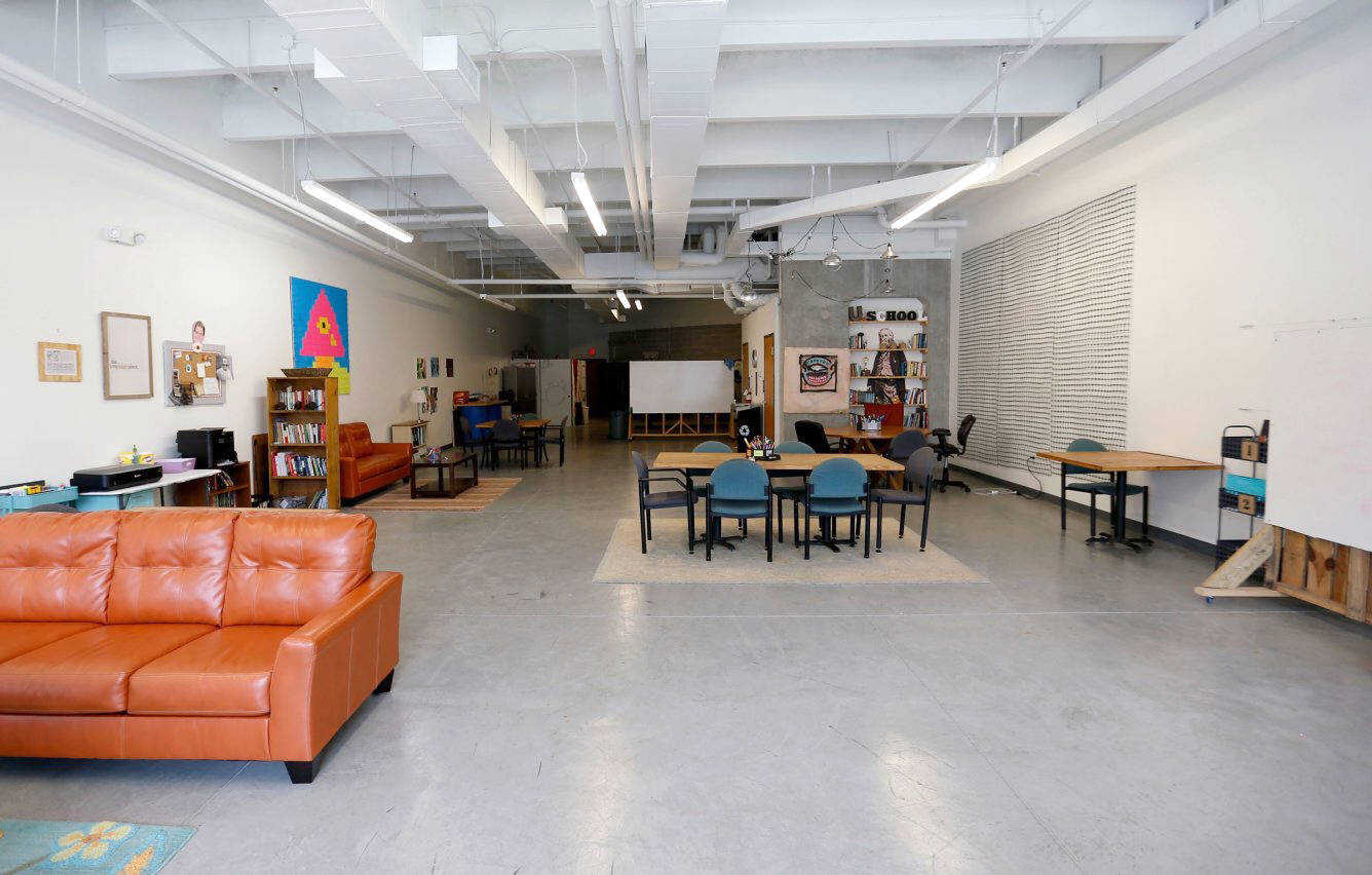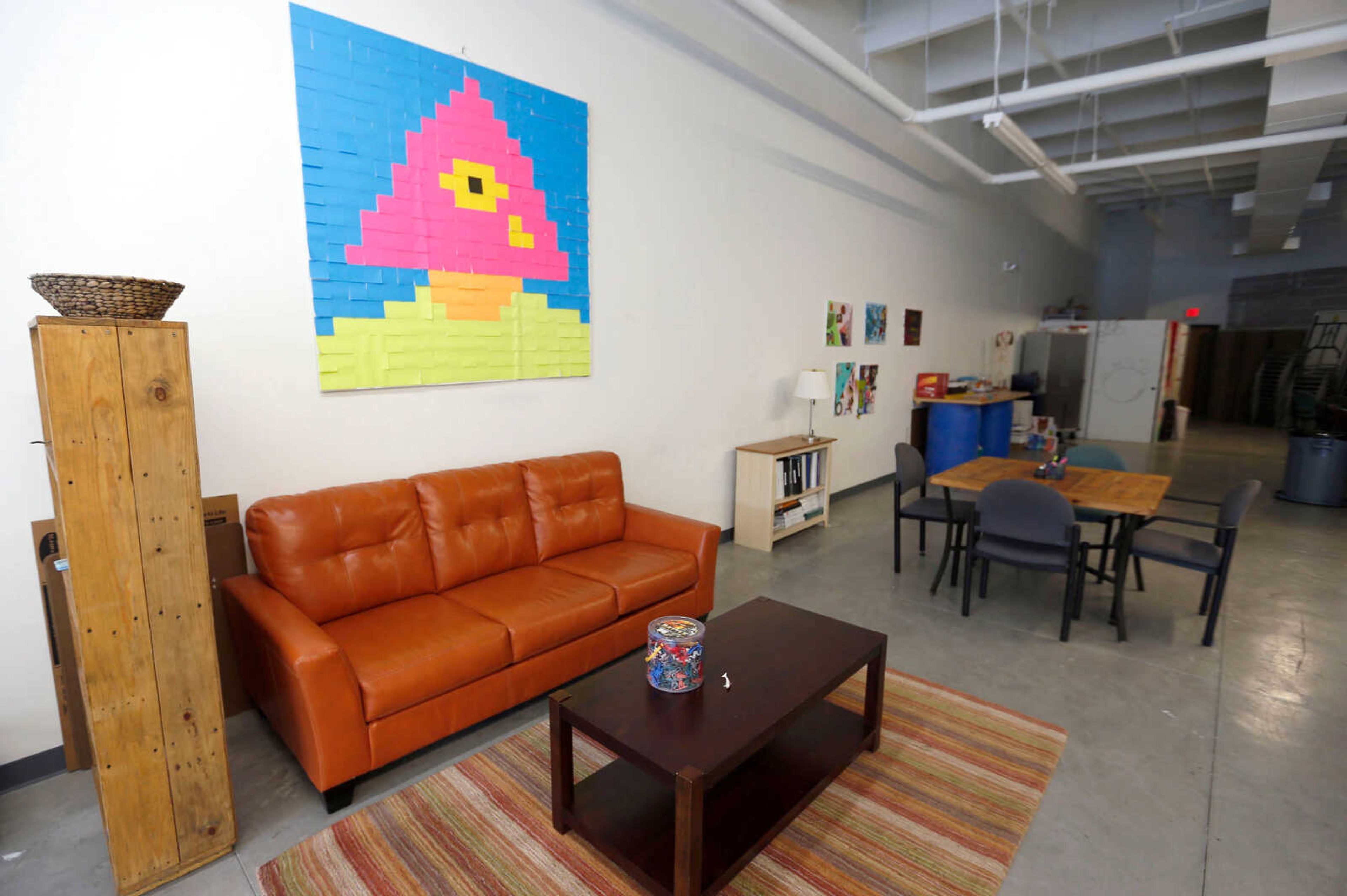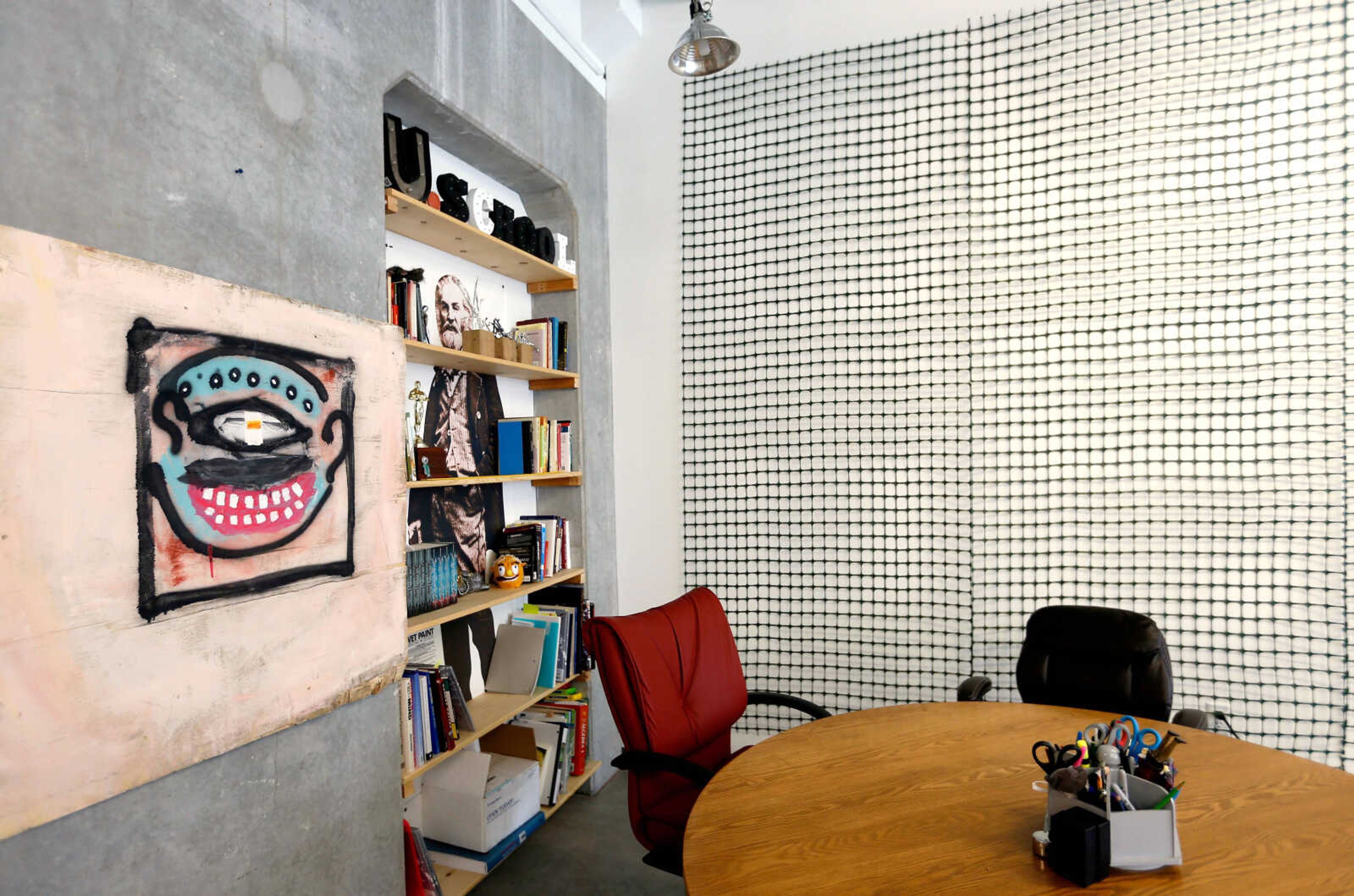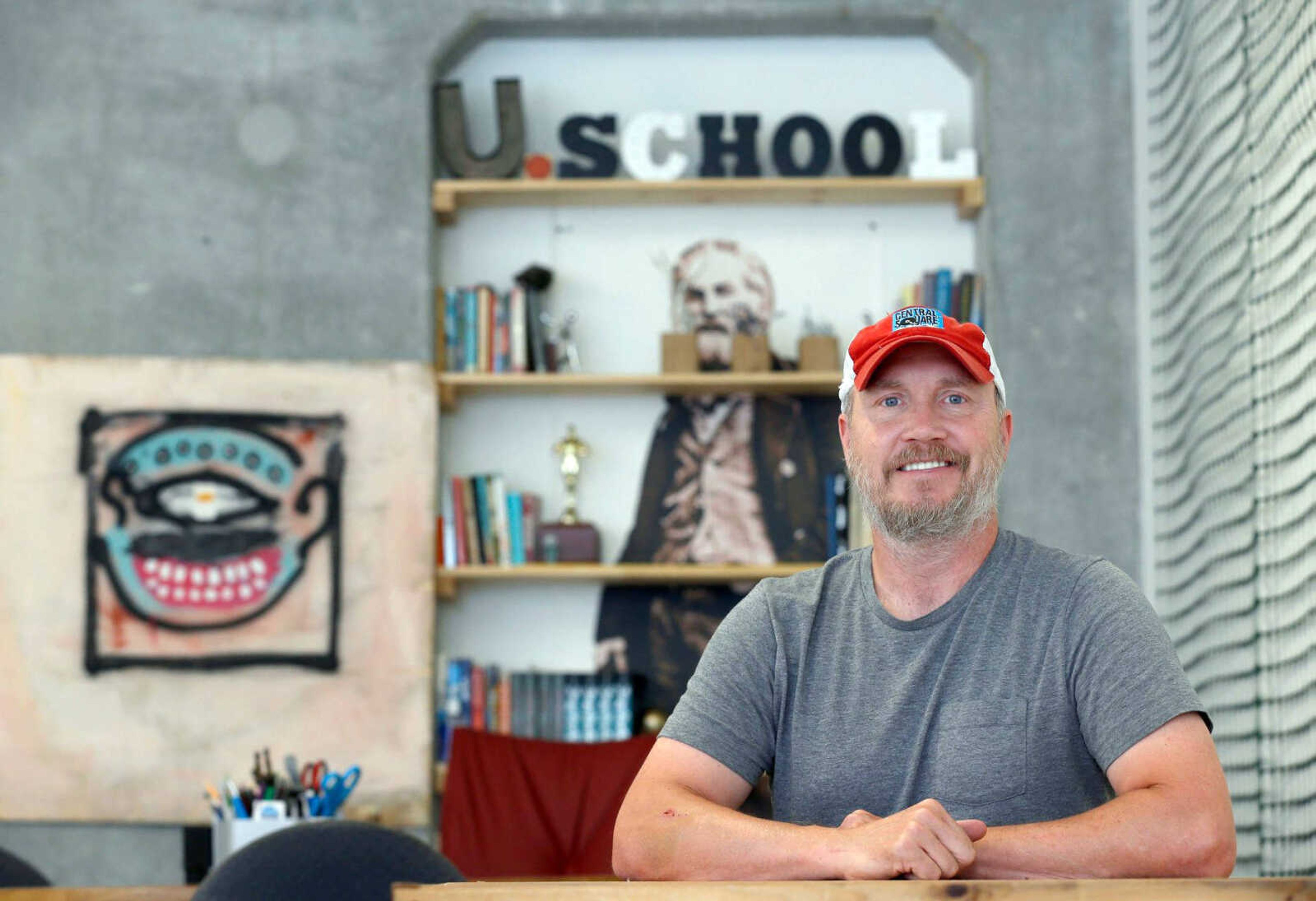Springfield, Mo., school to use storefront as facility another year
SPRINGFIELD, Mo. -- Inside a storefront downtown, the team behind one of Springfield's newest and most unusual private schools has been meeting to plan a second year. The u.school opened two doors west of the Moxie Cinema in August and, over the first year, grew to include four teachers and 35 students in grades six to 12, the Springfield News-Leader reported...
SPRINGFIELD, Mo. -- Inside a storefront downtown, the team behind one of Springfield's newest and most unusual private schools has been meeting to plan a second year.
The u.school opened two doors west of the Moxie Cinema in August and, over the first year, grew to include four teachers and 35 students in grades six to 12, the Springfield News-Leader reported.
Founder Sandy Frye said the school day typically starts and ends at the storefront, a largely wide-open, 3,000-square-foot space partitioned off like a loft apartment. But students are encouraged to use the entire downtown as a classroom.
"We exist in this community," Frye said. "We want to make Springfield the best place it can be and think this type of education is really important."
Science lessons have taken students to the Discovery Center, an art class was taught at RSVPaint, health class included doing yoga on Park Central Square, book clubs met at various coffee shops, and a student intent on having a career in art talked his way into an internship at a gallery.

"Here, you are going to come in and choose your own path," teacher Terry Bray said. "You are going to take what fits for you."
The overarching goal of the school is to make sure students are "realistically prepared for the future."
Frye and the other founders -- Laura Stroup and Patrick Misterovich -- worked at other schools in the Springfield area and were frustrated with how much time and resistance were involved in changing teaching and learning strategies.
They believed creating a small, multi-age learning environment with no more than 40 students would allow them to personalize lessons and develop relationships with each of the middle- and high-school students.
They encourage students to find ways to connect their interests, what they are learning and the community as a whole. They adopted a democratic model that gave students a say in the school budget, daily schedule and lesson planning.

"Not only do students have power over their own learning, they also have power over the school," Frye said. "We gave them a lot of power."
Misterovich said it took a while for students to take ownership and work together.
"The first week, when we introduced the idea of consensus decision-making and rating, we spent three and a half hours deciding the mascot of the school," he said, noting they settled on the mantis shrimp. "But we went through the process, and they learned we need to have give and take."
One of the biggest challenges the first year was to help students exercise more control over how they learn, especially if they are used to receiving specific instructions for how to do an assignment.
Typically, teachers would present a problem to be solved or set goals for material that needed to be mastered. For example, students studying a unit in chemistry could show what they learned through an experiment, turning in a written report or presenting the material to a small group.

"The kids did not enthusiastically jump in with both feet, like, 'Yeah, I get to choose what I do every day,'" Stroup said.
Misterovich said teachers are there to facilitate, guide and provide feedback with the goal of helping students figure out more on their own.
"How do you teach someone to prepare for jobs that haven't been invented yet? We think the way is to teach them to be self-directed learners," he said. "You have to prepare students to live in an uncertain future -- to know yourself, to know your strengths, to know your interests and then to know how to learn."
During the first year, the school was open to the public during First Friday Art Walk each month. The students displayed art projects, performed music, gave tours and answered questions about what they were learning.
Misterovich said that outreach and others give students an "authentic audience" and allow them to interact with the community.
This year, the school plans to launch a public series called "u.talk" with students signing up to present topics in a TED Talk manner.
Students also will introduce a downtown magazine, titled "u.zine," to give them practical experiences interviewing, writing, designing and editing. The content also will have an online presence.
The organizers said some of the best learning happens organically. For example, one of the students who has a strong interest in politics and history asked to lead a class on a specific book.
On another day, two students visited photographer Randy Bacon's studio during their lunch period and returned to the school inspired to find a way to give back. They are working on projects to support Care to Learn.
Tuition is set at $7,500 a year, but there is a sliding scale for families who cannot afford the full amount. The school has an annual budget of $180,000.
There are no immediate plans to serve students in kindergarten through fifth grade.
Organizers said many, but not all, of the students who enroll are academically gifted or have a strong interest in the arts.
Asked to describe a typical school day, the founders said there was no such thing the first year; however, there was a dedicated "math hour" and "quiet hour" each day along with physical activity.
Each morning, time was set aside to explore meta-cognition, including how the brain works, how we learn, how the brain changes during adolescence and how to gain key skills such as planning, creativity and critical thinking.
"To me, success is for kids to love learning and leave knowing how to navigate the world, to know what they want out of it and how to ask questions," Frye said. "I want them to have passion for life and learning and just to be happy."
Information from: Springfield News-Leader, http://www.news-leader.com
Connect with the Southeast Missourian Newsroom:
For corrections to this story or other insights for the editor, click here. To submit a letter to the editor, click here. To learn about the Southeast Missourian’s AI Policy, click here.









